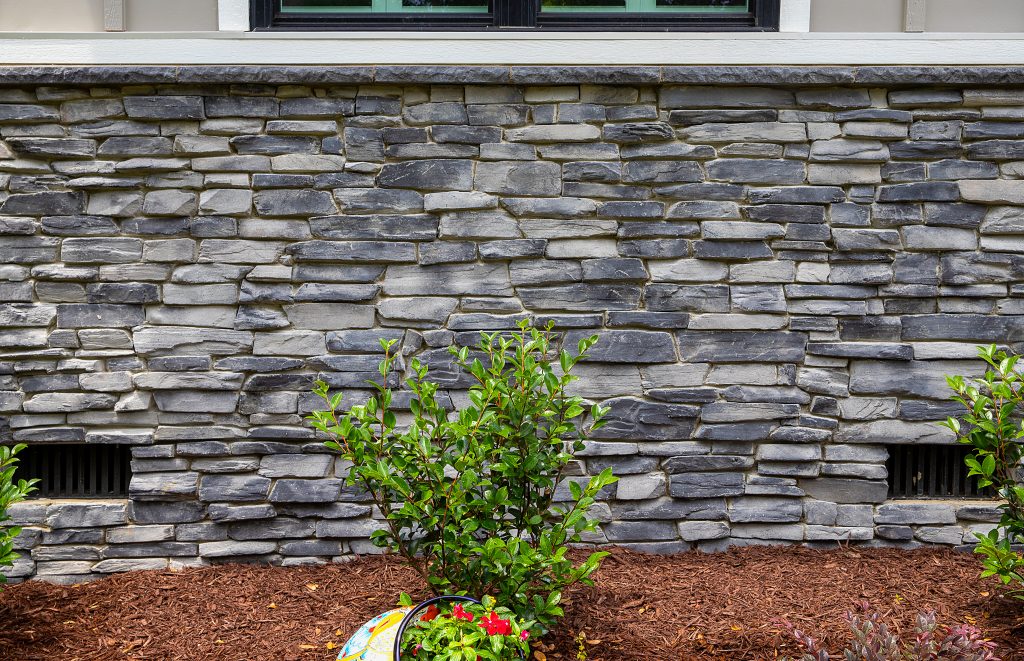The architectural landscape of the Southeastern United States boasts a diverse range of styles, from the historic colonial plantations to modern urban developments. A material that has found a strong foothold in both traditional and contemporary designs within this region is Manufactured Stone Veneer (MSV). This architectural material not only offers a sense of aesthetic versatility but also presents architects and contractors with a unique set of considerations when it comes to building code requirements and ASTM standards.
The impetus of this article is to elaborate on the education course focused on MSV systems, specifically tailored for professionals in the architectural and construction sectors. By dissecting the key components, understanding the material and property requirements, learning detailing and installation practices for performance and durability, and knowing the code requirements and ASTM standards, professionals can elevate their practice to meet and exceed regional expectations.
Key Components of MSV Systems
MSV is a non-load-bearing, exterior or interior wall covering that mimics natural stone. This versatility offers creative freedom for architects while obliging contractors to meticulously follow technical specifications for a flawless application. A complete MSV system includes the stone units, a water-resistive barrier, a metal lath, scratch coat, setting bed, and the jointing material. Each of these components is crucial for the overall performance of the system and demands careful consideration during both design and installation.
Building Code Requirements
In the Southeast, building codes are typically adapted from the International Building Code (IBC) and International Residential Code (IRC), which are integrated into local regulations with specific amendments. These codes delineate the minimum requirements to safeguard public health, safety, and general welfare.
MSV systems are scrutinized under the building code requirements for exterior wall finishes. Architects and contractors must ensure that their MSV installations comply with the local amendments to the IBC/IRC and any additional provisions set forth by local jurisdictions, which often require additional wind load and moisture management strategies due to the region’s susceptibility to hurricanes and high humidity levels.
ASTM Standards Governing MSV
ASTM International sets technical standards for materials, including MSV. Noteworthy standards include ASTM C1670/C1670M for the stone veneer units themselves and ASTM C1714/C1714M for the mortar used in the setting bed. These standards outline the material properties required for manufactured stone, ensuring the quality and durability of the MSV units and the mortar that secures them in place.
Industry Recommendations
Gaps that are not covered by existing building code requirements are addressed through industry recommendations, such as those from the Concrete Masonry & Hardscapes Association (CMHA). These recommendations provide guidance on best practices for installation beyond what is codified, ensuring that MSV systems not only meet but exceed the minimum safety and performance standards.
Applications
In the Southeast region, the application of MSV must consider the climatic conditions, which can include extreme weather events. For example, in coastal areas prone to hurricanes, MSV systems must withstand high-velocity wind and driven rain. This has led to the development of more robust water-resistive barriers and anchoring systems that provide enhanced resistance to wind uplift and moisture intrusion. A notable project showcasing this approach is the Savannah Waterfront Marriott in Georgia, where MSV was successfully applied to withstand the coastal city’s challenging weather conditions while maintaining the historical aesthetic the area is known for.
Another example is the residential development in Charleston, South Carolina, where MSV was utilized to replicate the city’s famed cobblestone look. Here, MSV had to adhere to strict historical district guidelines, which dictated not only the appearance but also the resilience of the materials used. The application in this case not only conformed to the local building codes and ASTM standards but also respected the cultural heritage of the environment.
Detailing and Installation Practices
Detailing and installation are as critical to the success of an MSV system as the material itself. In the Southeast, professionals must account for thermal movement, moisture management, and other climate-specific concerns. Installation begins with a properly installed water-resistive barrier, which in the Southeast must be particularly robust. The metal lath and scratch coat follow, which should be corrosion-resistant to combat the humid environment.
Correct detailing around openings, flashings, weep screeds, and at the foundation are essential to prevent water ingress and to manage any water that does penetrate the veneer. Installation practices must also account for proper joint spacing and the use of quality adhesives and mortars that are compliant with ASTM C1714/C1714M standards.
The case of the Orlando City Stadium, for instance, exemplifies the importance of attention to detail. Despite Florida’s heavy rainfall and intense sun, the MSV installation remains in excellent condition due to careful planning and execution of the detailing and installation requirements, considering the area’s propensity for thermal expansion and frequent storms.
Code Requirements and ASTM Standards Applicability
Understanding the applicability of code requirements and ASTM standards is vital. For instance, ASTM standards may prescribe the compressive strength of the mortar, but local codes might dictate additional water penetration resistance requirements due to regional weather patterns. In the Southeast, it is not uncommon for local codes to require additional testing or certifications due to the region’s vulnerability to severe weather.
For professionals in the architectural and construction fields, mastery over the components and requirements of MSV systems is non-negotiable. In the Southeast, this expertise must be contextualized within the regional peculiarities of climate and local building customs. From the coastal vicissitudes of Florida to the historical sensitivities of South Carolina, each application of MSV must be thoughtfully considered and meticulously executed.
The knowledge of MSV systems gained from specialized education courses provides architects and contractors with the technical foundation to create durable, beautiful, and code-compliant structures. With a firm grasp on building codes, ASTM standards, and industry recommendations, professionals can ensure that their use of MSV not only enhances the aesthetic value of their projects but also upholds the integrity and longevity that the industry and the inhabitants of the Southeast region deserve.












Find Us on Social Media